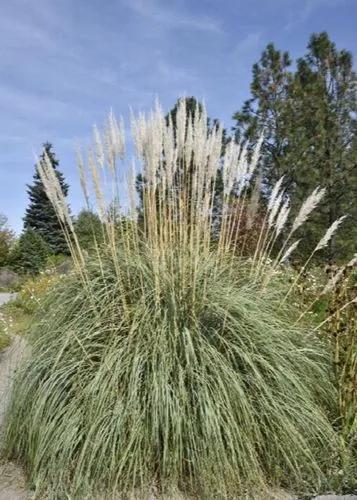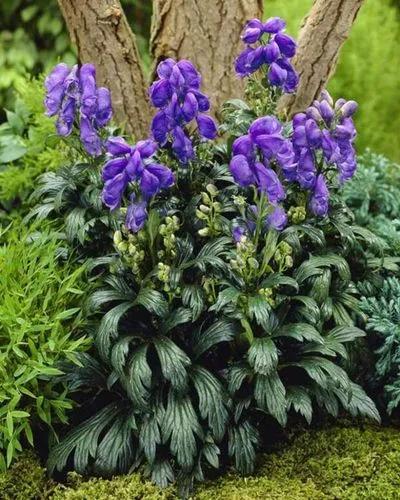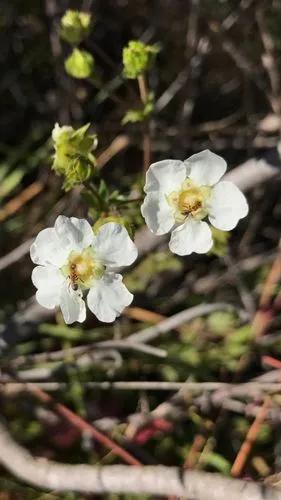flowering plants in the family Lamiaceae
Hybrid Deadnettle Care
Lamium hybridum



Genus includes both annual and perennial species; they spread by both seeds and stems rooting as they grow along the ground. They have square stems[6] and coarsely textured pairs of leaves, often with striking patterns or variegation. They produce double-lipped flowers in a wide range of colours.
The common name "dead-nettle" has been derived from the German taube-nessel ("deaf nettle", or "nettle without a kernel"), and refers to the resemblance of Lamium albumto the very distantly related stinging nettles, but unlike those, they do not have stinging hairs and so are harmless or apparently "dead".
Several closely related genera were formerly included in Lamium by some botanists, including Galeopsis (hemp-nettles) and Leonurus (motherworts). It can be invasive in northern and western Europe.
This plant is useful.
How to get rid of:
Put on gloves and gently pull out the plant with the root system, you can use a shovel for convenience.
How to Care for the Plant

Popularity

121 people already have this plant 48 people have added this plant to their wishlists
Discover more plants with the list below
Popular articles






